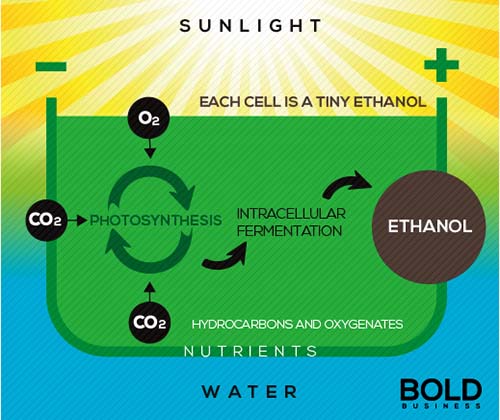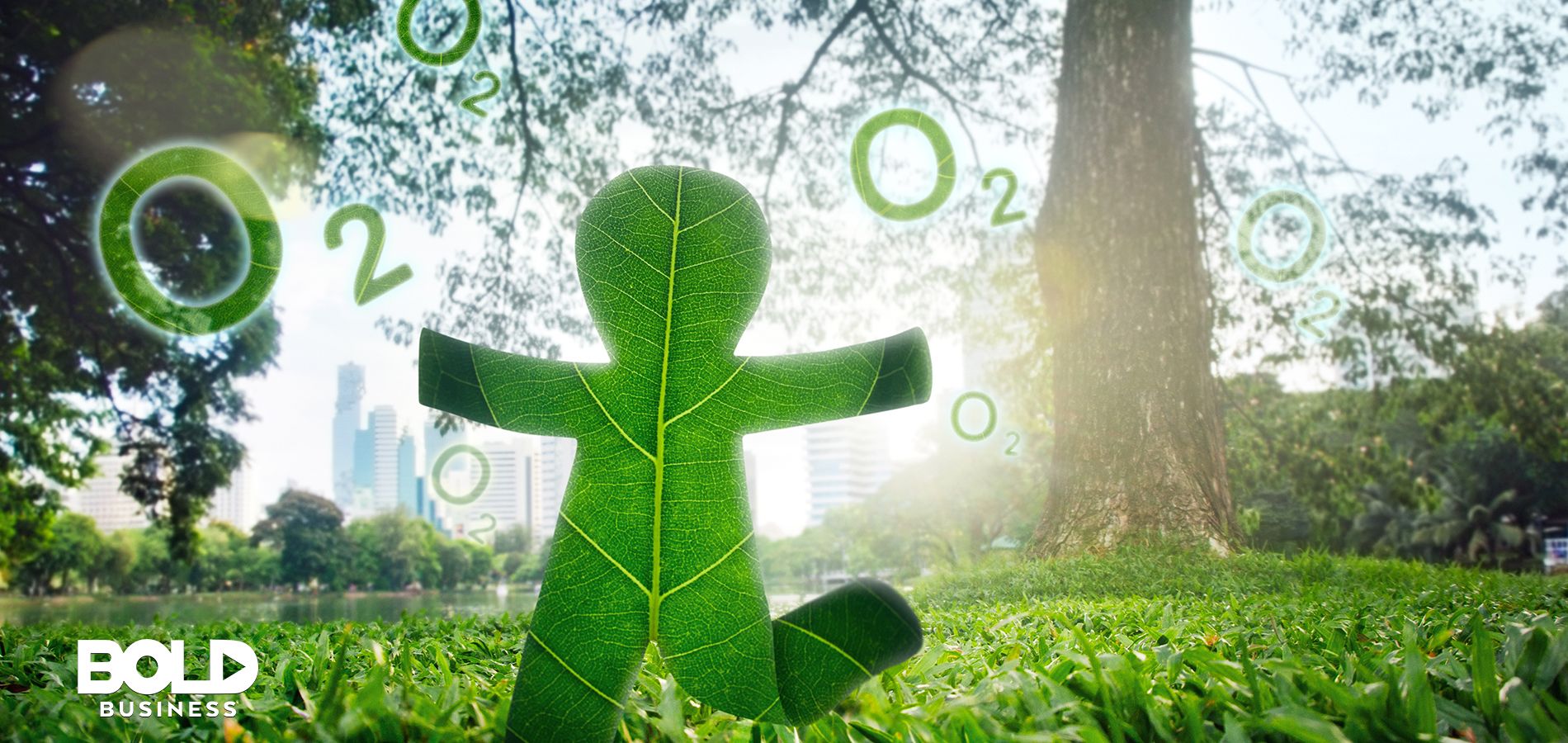Scientists from the Department of Energy (DOE)’s Lawrence Berkeley National Laboratory (Berkeley Lab) utilized the power of photosynthesis in recycling carbon dioxide (CO2), turning it into very powerful, sustainable, and efficient fuels and alcohols. This bold idea is a significant achievement for the field, creating a huge jump in the effort of finding or inventing green fuel sources.
Frances Houle, Berkeley Lab chemist and JCAP’s deputy director for Science and Research Integration, was impressed. Though she was not part of the study, she recognized how significant this bold idea is.
Although the idea of reducing carbon dioxide into fuel and chemical precursors is generally not new (for example, CO2 and a CO2-Hydrogen blend called syngas), this new solar-to-fuel method is the first of its kind that successfully demonstrated how carbon dioxide converts directly into alcohol, specifically ethanol and ethylene. As described in the Energy and Environmental Science journal, this new work converts energy at efficiency rates that match those of Mother Nature.
This exciting development was led by the study’s principal investigator Joel Ager. The Berkeley Lab scientist, who has joint appointments in both the Chemical Sciences and Materials Sciences divisions, explained that while atmospheric CO2 levels on earth rise, so does the need to develop sustainable power sources. “Our work here shows that we have a plausible path to making fuels directly from sunlight,” he said.
Solar Power with Less Sun-Dependence
In this JCAP study, its researchers created a complete system that works not just during daylight hours when the light energy level required is the sun’s peak brightness during high noon on a very sunny day. The scientists tested the system using various light brightness levels and found the system works efficiently even in low light conditions.

Researchers paired the electrodes with silicon photovoltaic cells, reaching solar conversion efficiencies of between 3 and 4 percent for 0.35 to 1-sun illumination. When they changed the configuration to a high-performance solar cell tandem, they produced conversion efficiency that was over 5 percent at 1-sun illumination.
Researchers created new components, including a copper-silver nanocoral cathode that reduces CO2 into hydrocarbons and oxygenates, as well as an iridium oxide nanotube anode that oxidizes the water, thus creating oxygen.
Ager explained that one of the good features nanocorals have is that, just like plants, they can “can make the target products over a wide range of conditions, and it is very stable.
The scientists categorized the materials onsite at the National Center for Electron Microscopy at the Molecular Foundry, which is a DOE Office of Science User Facility located at Berkeley Lab. The results allowed the scientists to understand how the metals worked in a bimetallic cathode. Through these experiments, they found that silver helps reduce carbon dioxide into carbon monoxide, while copper reduces carbon monoxide even further into hydrocarbons and alcohols.
Better Low-Energy Breakdowns
Carbon dioxide is a stable molecule that is significantly hard to break down. In order to do so, a scientist has to use a considerably large amount of energy. “Reducing CO2 to a hydrocarbon end product like ethanol or ethylene can take up to 5 volts, start to finish,” explained one of the study’s lead author Gurudayal, a postdoctoral fellow at Berkeley Lab. The researchers’ system reduced that voltage by half while maintaining product selectivity.
Another notable result is that the electrodes worked great in water, which is a neutral potential of hydrogen (pH) environment. Gurudayal explained that finding an anode that works in neutral conditions is extremely difficult, but was required as “anodes typically require a high pH environment, which is not ideal for the solubility of CO2” – most anodes that other research groups got to work often do so in alkaline conditions (high pH levels).
Frances Houle, Berkeley Lab chemist and JCAP’s deputy director for Science and Research Integration, was impressed. Though she was not part of the study, she recognized how significant this bold idea is. “This is a big step forward in the design of devices for efficient CO2 reduction and testing of new materials, and it provides a clear framework for the future advancement of fully integrated solar-driven CO2-reduction devices,” she said.



